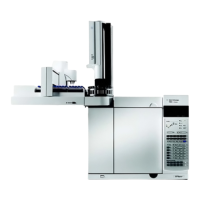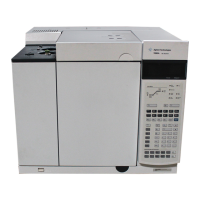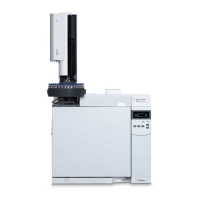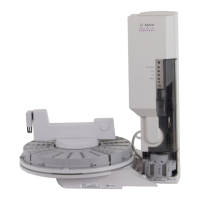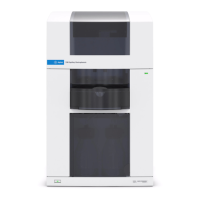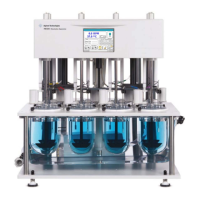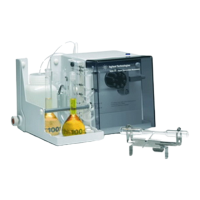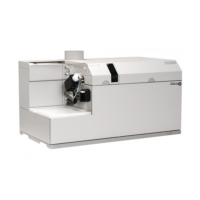Methods and Sequences 4
Operation Manual 43
What Is a Sequence?
A sequence is a list of samples to be analyzed along with the
method to be used for each analysis.
Refer to “Running a Method or a Sequence from the Keypad”
and “Creating Sequences” for details on how to create, load,
modify, and save sequences using the keypad.
Creating Sequences
A sequence specifies the samples to be run and the stored
method to be used for each. The sequence is divided into a
priority sequence (ALS only), subsequences (each of which
uses a single method), and post- sequence events
• Priority sequence — allows you to interrupt a running ALS
or valve sequence to analyze urgent samples. (See “About
the priority sequence” on page 44.)
• Subsequences — contain the stored method number and
information that defines a set of vials (or valve positions)
to be analyzed using a particular method. Sampler and/or
valve subsequences can be used in the same sequence.
• Post sequence — names a method to be loaded and run
after the last run in the last subsequence. Specifies
whether the sequence is to be repeated indefinitely or
halted after the last subsequence.
Samples in each subsequence are specified as either ALS
tray locations or sampling valve positions (gas or liquid
sampling valves, often with a stream selection valve).
Five sequences with up to five subsequences each can be
stored.
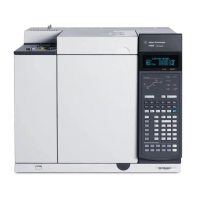
